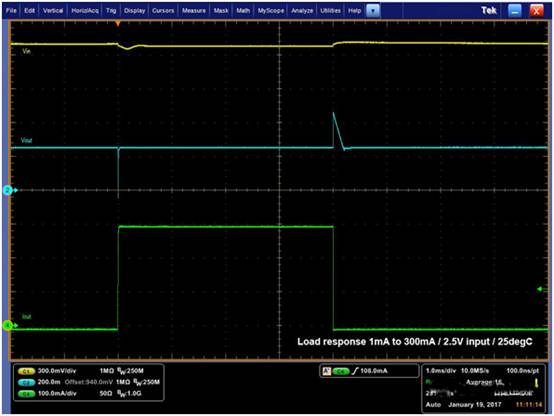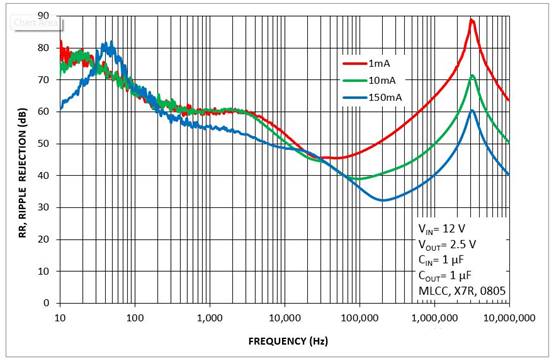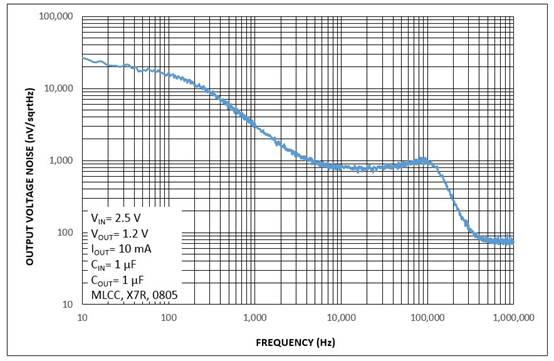Ideal and Reality of Low Voltage Drop LDO Regulator
Time:2022-12-13
Views:1455
The voltage regulator is very important in the application of obtaining stable supply voltage from unstable or variable power supply. Such power supplies include gradually discharged batteries or AC voltage after rectification.



For applications sensitive to noise or residual AC ripple generated by switching regulators, including RF transceivers, Wi Fi modules and optical image sensors, linear regulators can minimize errors and errors in the entire system.
A linear regulator that can maintain a low dropout between the input and output of the power supply is usually called a low dropout regulator. Its basic feature is that it can maintain a constant output voltage no matter how the output current, input voltage, thermal drift or working life changes. These are ideal conditions, but the situation in the real world is somewhat different.
Since the LDO output voltage is not absolutely stable, the following operating functions will be mainly affected:
Because of the limited speed of the control loop, the rapid change of the load current will lead to the change of the output voltage. Sometimes, due to time delay, the internal regulating circuit is unable to respond to the rapid change of current, which will result in a undershoot/overshoot that is usually about tens of millivolts.

02 The rapid change of the input voltage is usually caused by the output voltage ripple of the DC-DC converter, which cannot be completely filtered through the control circuit. Therefore, the change of the input voltage will be reflected in the output voltage to a certain extent. This parameter is called power supply rejection ratio (PSRR), and is usually a frequency variable parameter. Some manufacturers label PSRR as negative and some as positive.

Generally speaking, the higher the absolute value of PSRR, the less transmission interference signals from input to output. Normally, the disturbed input voltage will be transmitted to the output in mV or lower unit level. Similarly, rapid changes in input voltage (i.e., "line transient response") can occur at the LDO output.
03 The semiconductor structure itself will generate inherent noise, which is mainly caused by the collision between free atoms and the crystal structure of the basic material. Since inherent noise is a physical phenomenon related to the principle of current conduction in semiconductors, it can be suppressed by some technologies, but it is impossible to completely remove it.

The output noise of modern LDOs can reach hundreds of microvolts or even smaller, but the noise generated by top level LDOs will reach microvolt units.
Other influences include a slow change of input voltage and its influence on line regulation, a slow change of load current and its influence on load regulation, thermal conductivity and long-term stability.
epilogue
In the real world, all these influences and their functions must be comprehensively considered to achieve the stability and accuracy of the output voltage. Therefore, it is necessary to carefully consider that the above situation may be relevant to a particular application.
For example, for camera applications that require the best image quality, the dynamic response of LDO to load current changes is the most important. When the noise value is lower than 100uVrms and the PSRR value is the normal level higher than 50dB, the impact on image quality is negligible.
|
Disclaimer: This article is transferred from other platforms and does not represent the views and positions of this site. If there is any infringement or objection, please contact us to delete it. thank you! |











